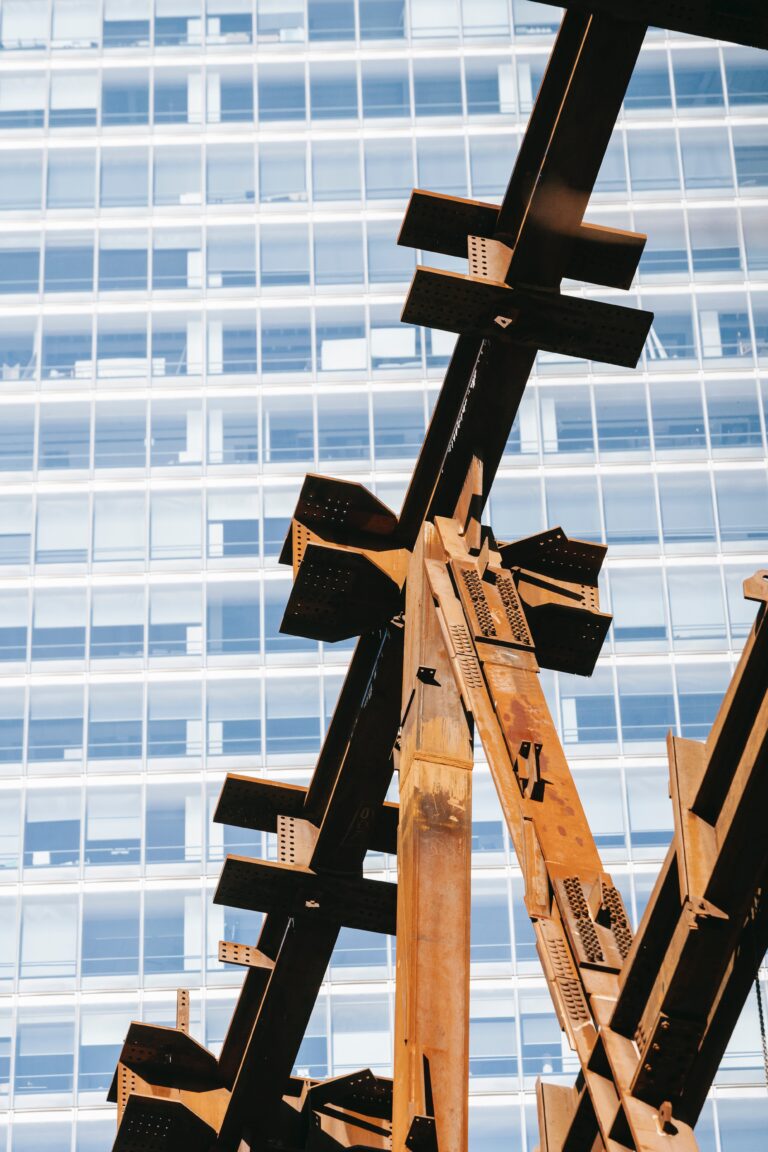
The importance of real-time alarms: How modern alarm servers support building managers
Staying one step ahead of potential problems is crucial for sound facility management. Facility managers are tasked with ensuring the smooth running of various operations. This is where the importance of real-time alarms comes into play.
What are real-time alarms?
Real-time alarms are instant notifications that alert facility managers to critical events or anomalies in their systems. These alerts immediately draw attention to problems and enable immediate action to prevent or mitigate potential issues. In today’s dynamic environment, the ability to respond quickly to incidents is a critical factor for facility managers who want to maintain optimal operational efficiency.
Main features of modern alarm servers
1. Instant notification:
Modern alarm servers provide instant notification capabilities that ensure building managers are alerted the moment a problem occurs. Whether it’s a sudden temperature rise, unauthorized entry or equipment failure, real-time alerts allow managers to respond to situations immediately.
2. Customized alerts:
Customizing alerts to specific needs is critical. Modern alert servers allow building managers to set up customized alerts based on the severity and type of event. This ensures that the right people are notified with the right information at the right time.
3. Integration into existing systems:
Modern alarm servers integrate seamlessly with various building management systems, including building automation systems (BAS), fire alarm systems and security systems. This integration ensures comprehensive coverage and a centralized platform for monitoring different systems.
4. Remote monitoring:
The ability to monitor alarms remotely is a valuable feature for building managers who need to stay informed even when they are not on site. Cloud-based solutions enable real-time monitoring from any location, providing flexibility and security.
Advantages of real-time alarms for facility management
-Preventive maintenance: Real-time alarms enable proactive maintenance by detecting potential problems before they escalate. This proactive approach helps to reduce downtime and extend the life of the equipment.
-Operational efficiency: By responding quickly to alarms, interruptions are minimized so that systems operate at maximum efficiency. This is particularly important in business-critical environments where downtime is not an option.
-Cost savings: By rectifying problems immediately, building managers can avoid costly repairs and replacements. Real-time alarms contribute to significant cost savings in the long run.
With our MobiCall, we enable comprehensive networking of machines, devices, sensors and the responsible personnel. Important process data, critical limit values and faults are transmitted directly to the relevant departments. Thanks to standardized and manufacturer-specific interfaces, existing building automation systems, hazard detection technology, technical components and process control systems can be seamlessly integrated. We also support new IoT-based protocols such as LoRa, SigFox and NB-IoT. Thanks to the central MobiCall platform, these enable cost-effective and fast integration of consumption meters, temperature or level sensors without the need to install an expensive cabling network.










